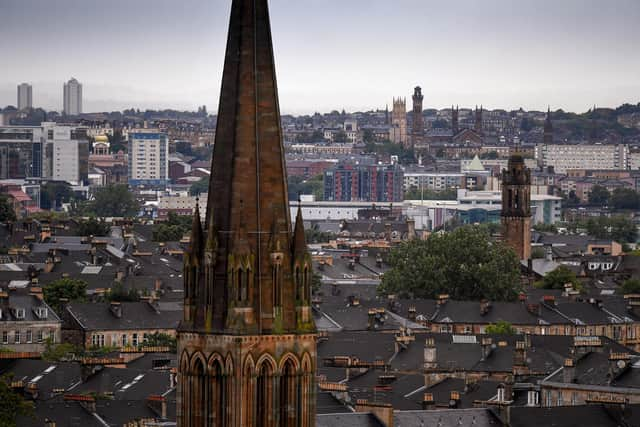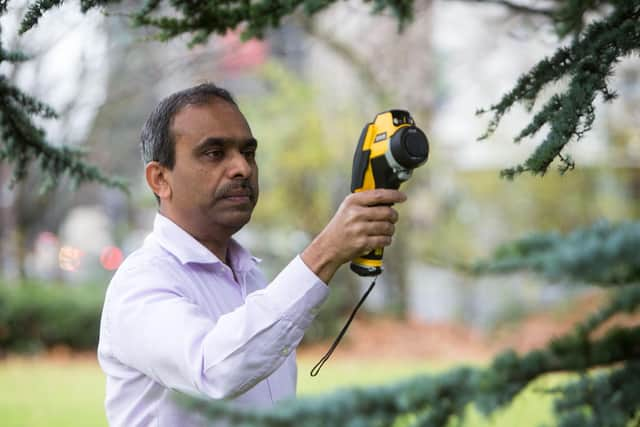How Scotland's cities are preparing for the worst of the climate crisis
But after a week in which record-breaking temperatures caused extensive disruption, it is clear the need for adaptation is more urgent than ever.
Authorities up and down the country are wrestling with the resilience issue. At a national level, projects are being steered under Scottish Government’s climate change adaptation programme, such as increased investment in flood warning systems.
Advertisement
Hide AdAdvertisement
Hide AdYet the real momentum is to be found at a regional level, where city officials are pursuing their own strategies to ready themselves for the unavoidable impacts of climate change.
In Glasgow, the host city of last autumn’s COP26 summit, it is no surprise the adaptation drive is underway at pace. The city and surrounding region is a largely urbanised sprawl, home to more than 1.8 million people. Faced with the myriad threats, authorities are banding together to broker solutions.
Climate Ready Clyde (CRC), an initiative funded by Glasgow City Council, neighbouring local authorities and other partners, has identified risks to infrastructure and coastal communities from flooding and coastal erosion. Flashpoints include sections of railway on the north of the Clyde and the Erskine bridge.
Indeed, the city council’s own adaptation plan allows for projections that the sea level in the Clyde basin may rise by up to 0.85 metres by 2100, with possible increases of 15 centimetres every decade thereafter.
But it is not just protecting the environment. Adaptation is about future-proofing the economy and delivering positive change for communities. One of CRC’s goals is helping the 140,000 people in the top 20 per cent of the Scottish Index of Multiple Deprivation, who live in areas that may experience heat hazards or flooding.


“I think we’re beginning to understand that adaptation isn’t just about sea defences,” explained Catherine Pearce, who leads the technical secretariat for CRC. “What we’ve tried to do is change that discourse and take a broader scope. It’s about societal, economic, as well as environmental risks.”
A key adaptation challenge facing Glasgow is what is known as the urban heat island effect, where built-up districts become significantly warmer than surrounding areas due to human activities. The implications are considerable, impacting everything from waste collections to land use planning.
Indeed, the built environment is at the centre of Glasgow’s strategy. The council plans to carry out a city-wide analysis by 2025 to identify the most vulnerable buildings and neighbourhoods.
Advertisement
Hide AdAdvertisement
Hide Ad

